All Yesterdays is a book about the way we see dinosaurs and other
prehistoric animals. Lavishly illustrated with over sixty original
artworks, All Yesterdays aims to challenge our notions of how prehistoric
animals looked and behaved. As an critical exploration of palaeontological
art, All Yesterdays asks questions about what is probable, what is
possible, and what is commonly ignored.
prehistoric animals. Lavishly illustrated with over sixty original
artworks, All Yesterdays aims to challenge our notions of how prehistoric
animals looked and behaved. As an critical exploration of palaeontological
art, All Yesterdays asks questions about what is probable, what is
possible, and what is commonly ignored.
Written by palaeozoologist Darren Naish, and palaeontological artists John
Conway and C.M. Kosemen, All Yesterdays is scientifically rigorous and
artistically imaginative in its approach to fossils of the past – and those
of the future.
Read more
888 reviews for All Yesterdays: Unique and Speculative Views of Dinosaurs and Other Prehistoric Animals
Show all
Most Helpful
Highest Rating
Lowest Rating
Add a review
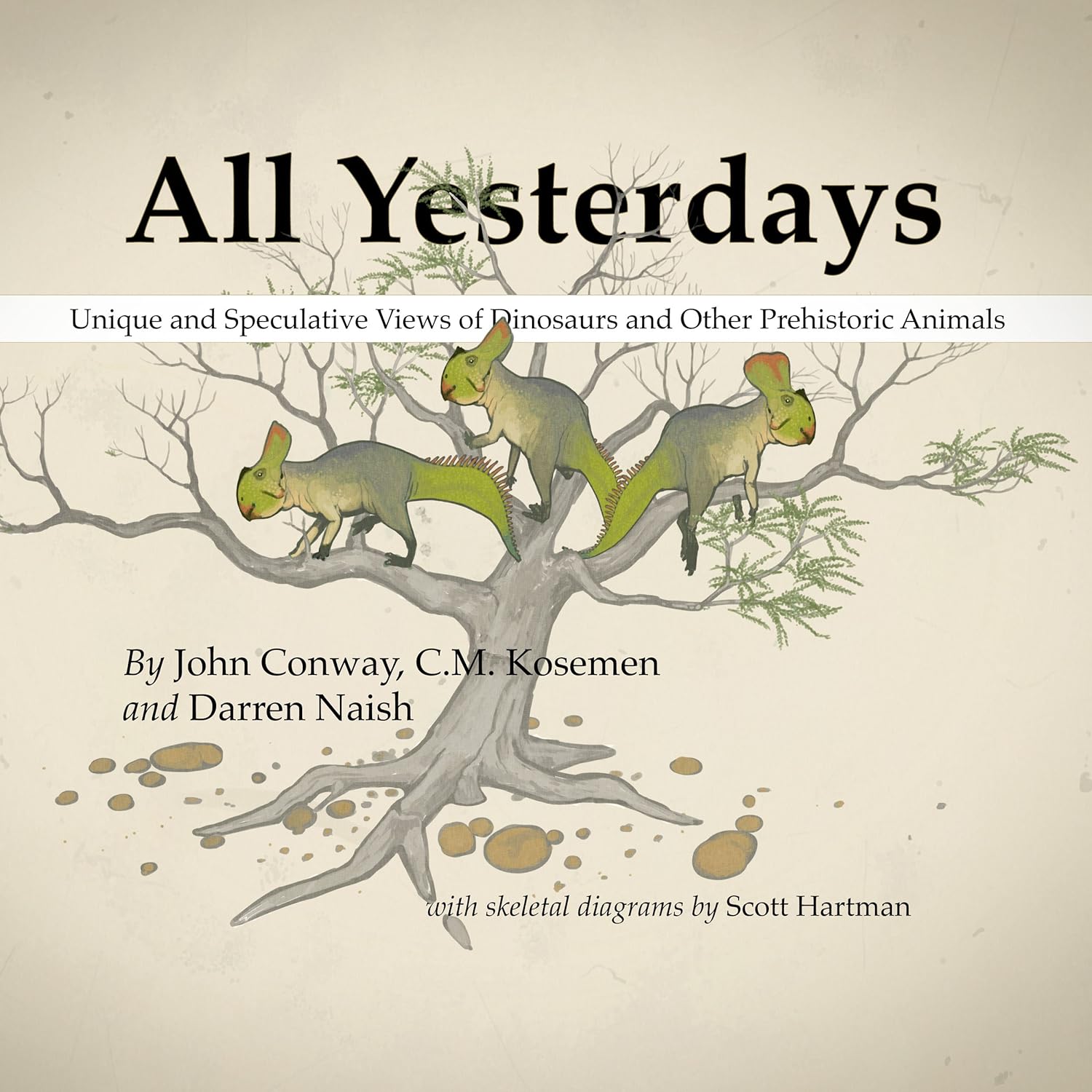
All Yesterdays: Unique and Speculative Views of Dinosaurs and Other Prehistoric Animals
$6.58


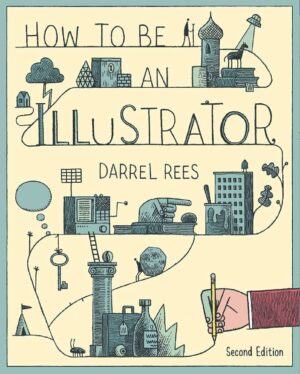
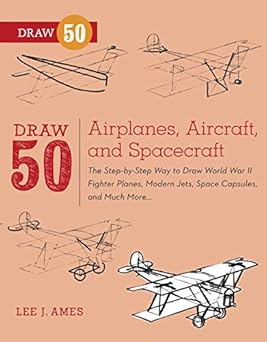
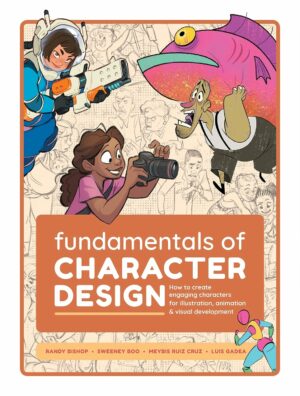
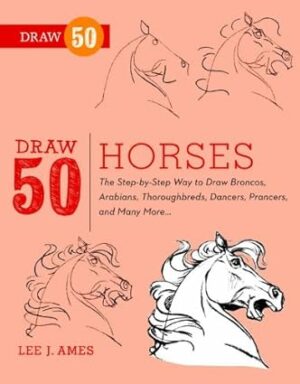
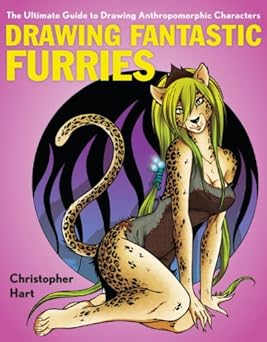

Britta K. –
My son was very happy. 🙂
stoolpigeon –
and my son’s (age 7) least favourite of my books. Why? Because dinosaurs are depicted as real creatures living real lives, not forever conforming to sensational stereotypes, like the climax of some Hollywood dinosaur movie. Slim, but very interesting (I wish I could say the same about myself).
Kindle Customer –
I began reading this book as I was interested in the title, and it completely changed my views on modern society’s interpretation of prehistoric animals. Would recommend to anyone who is interested in prehistoric wildlife.
KevinChan –
This book is a delight to read and I only hope there are more illustrations like these. I love a good shuffle when it comes to my held perspectives.
DJ Daltzy Daltz –
It’s been said before, what if aliens found fossils of what we would consider present day animals & came up with suggestions of what they looked like?
Davide –
È un libro molto interessante per i contenuti e per come è scritto, offre un sacco di spunti di riflessione non solo sulla paleontologia, ma anche sui preconcetti riguardanti alcune supposizioni scientifiche e come le nuove conoscenze ci permettono di essere sempre più oggettivi. Una nota negativa è il progetto grafico che è veramente povero.
Emily A. Willoughby –
Paleontography – the science of accurately illustrating extinct animals – has gotten a bit more press in recent times, but All Yesterdays is the only modern book that I can think of that’s actually ABOUT paleontographic illustration itself, rather than just serving to showcase a selection of artists’ work. In this, it carves out a unique niche in the world of publications on dinosaur art, and is an invaluable resource to anyone hoping to make an impact in the field.
The central tenet of the book is that paleontological illustration, despite having undergone many changes over the decades, has largely fallen into a pattern of being both uninformed and uncreative, and that there is a better way – not just a way, but a way of thinking – in reconstructing these extinct animals. When we know an animal only from (often only parts of) the skeleton, we have to consider all of the plausible and interesting ways that the soft tissue and integument would have covered the bones in life, while still remaining true to the limitations of the skeleton and to inference from modern analogues and relatives. The same goes for behavior, which is very rarely preserved in the fossil record and for which most paleontography has been woefully narrow in its depictions. Birds, for instance – the closest living relatives of extinct dinosaurs – have an enormous variety of bizarre and beautiful integument that could not possibly be gleaned from bones alone. Birds also exhibit some of the most varied behaviors of any group of tetrapods, from nesting, to courtship, mating, exploration, and feeding. Why should this incredible wealth of artistic possibility be neglected in paleontological illustration?
All Yesterdays does a wonderful job exploring many types of these possible reconstructions through illustration and explanation. The book is divided into two main sections: the first, the eponymous bulk of the book, focuses on creative, unusual, but completely accurate reconstructions of various extinct animals (mostly dinosaurs) engaged in various behaviors and interactions. The majority of these are illustrated by John Conway, with his beautifully nuanced and atmospheric usage of color and light, and also includes a smattering of C.M. Koseman’s colorful, clean-lined illustrations. Each scenario is accompanied by a lateral skeletal reconstruction by Scott Hartman, useful for comparing the illustrated animal in life to its bare bones, which should be hidden under layers of fat, feathers and fuzz.
This section draws attention to plausible but oft-ignored possibilities for paleontological illustration, such as the usage of cryptic camouflaging, signaling integument, play, and mating. The well-read dinosaur afficionado probably won’t learn too much that’s wholly new (though I did learn the term ‘musth’, which is apparently the animal equivalent of pon farr), but the illustrations are new enough, both in concept as well as actuality, as the book features a lot of Conway’s work I’d never seen before. Some of the illustrations are just stunningly gorgeous – his Therizinosaurus, Heterodontosaurus and Tenontosaurus were especially striking to me.
The latter section of the book, cleverly titled “All Todays”, is like the first half in reverse: it posits a hypothetical scenario in which intelligent alien researchers come to our planet in the distant future and are presented with only the skeletal remains of modern animals. How, then, will tomorrow’s paleontological artists reconstruct the animals of today? This section is far more amusing and more whimsical than the first section, but it certainly does a good job of highlighting how ridiculous and constraining some of our paleontographical dogma is in reality when applied to modern animals whose appearance we’re already familiar with. It points out specific pitfalls of modern dinosaur illustration, such as “shrink-wrapping” (wherein the skin is basically drawn directly over the skeleton, showing every nuance of skeletal anatomy) and pigeonholing tall neural spines as a “sail”. When modern animals follow the same constraints that we unwittingly apply to our paleontological illustration, some frightening and quite nonexistent creatures emerge. Some of my favorites from this section are the shrink-wrapped cat (which is clearly a pack hunter and a predator of humans, since their skeletons will usually be found associated with human “nests”), the fluffy iguana, and the hummingbird parasite.
(I also enjoy the slightly wry, tongue-in-cheek manner in which most of the book is written. For instance, the line “Camarasaurus […] is considered by some experts to be among the ugliest of all sauropods” brings to mind an image of a team of paleontologists sitting around their computer, writing a publication on what research has determined is The Ugliest Dinosaur.)
In conclusion: if you are even slightly interested in paleontography, I would highly recommend this book if for nothing more than the very novel viewpoint it takes on the field. For an illustrator of extinct animals or a researcher who relies on these illustrations, there are a lot of invaluable lessons to be learned from the material within. For everyone else, there are some really, really pretty pictures to look at.
lunalechache –
John Conway, C.M. Kosemen et Darren Naish ont fait ici œuvre commune
pour nous rappeler que la la paléontologie n’est pas une science exacte.
Notre connaissance de ce qui nous a précédé sur terre est imparfaite
car même si certains fossiles offrent un lux de détails sur la morphologie
de nos prédécesseurs, le plus grand nombre d’entre eux sont très fragmentaires.
Chaque années, de nouvelles trouvailles apportent leur lot de réponses mais surtout de questions.
Depuis les début de la paléontologie, l’idée que l’on se fait des organismes découverts dépend de ce
que nous pouvons déduire des rares traces de leur passage sur terre.
“Iguanodon” est un bon exemple pour illustrer l’importance des liens qui unissent l’idée que l’on se fait
d’une forme de vie disparue et la qualité du matériel disponible a son sujet.
Décrit en 1809 sur la base d’une dent ressemblent à celle d’un iguane (d’où son nom)
et de quelques os épars, cet animal s’est au fil des découvertes radicalement transformé.
Gideon Mantell lui plaça très tôt une petite “corne” sur le museau,
qui se révéla par la suite être en fait l’un des pouces de l’animal.
Ce n’est qu’à partir de 1878 que l’anatomie du dinosaure devint claire mais cela ne veut pas
dire qu’a l’avenir nous ne soyons pas, une fois encore amené a revoir nos certitudes.
Comprendre et reconstituer un être vivant disparu est un art fort difficile.
C’est précisément le sujet de ce petit livre très intelligemment écrit.
Deux parties se distinguent clairement pour servir le propos.
1) Dans la première, les auteurs nous proposent d’autres manières d’envisager l’apparence et le mode
de vie d’animaux que nous croyons bien connaître. Ces hypothèses vous sembleront apriori saugrenues et
infondées; mais a bien y regarder, elle sont tout a fait plausibles. Rien dans ce que disent les fossiles ne nous
permet d’écarter ces relecture et de ce fait, certitudes et idées préconçues en prennent un bon coup.
2) Pour enfoncer le clou, nos trois compère se sont livrés à un petit jeu fort intéressant. Ce jeu consiste
a décrire et tenter de reconstituer des animaux actuels et bien connus à la lumières d’indices aussi ténus et
fragmentaires que ceux dont disposent la plupart de temps les paléontologues. Je vous assure que vous aurez
de la difficulté a reconnaître une vache, un rhinocéros ou même un chat. A ce stade une cruelle évidence
apparait : nous ne seront jamais en mesure de reconstituer fidèlement ces fabuleux mondes disparus.
Nous somme condamnés a peaufiner des approximations échafaudées sur les maigres reste de merveilles dont
la splendeur est à jamais hors de portée de notre entière compréhension.
Il est frustrant d’admettre qu’aucun scientifique (aussi doué soit-il) ne saurait sur la seule base de son squelette
(aussi complet soit-il) reconstituer l’apparence atypique de la chouette effraie si le groupe des Strigiformes était
éteint. Personne n’aurai l’audace de la masquer d’un cœur et encore moins d’imaginer que ce masque est en fait un
très complexe dispositif voué a optimiser la perception des ondes sonores; une oreille externe en somme. Et pourtant c’est bel et bien
le cas. La vie est d’une inventivité infinie, bien plus puissante que la notre. Nous nous devons de rester modestes
et ce petit livre richement illustré peut nous y aider.